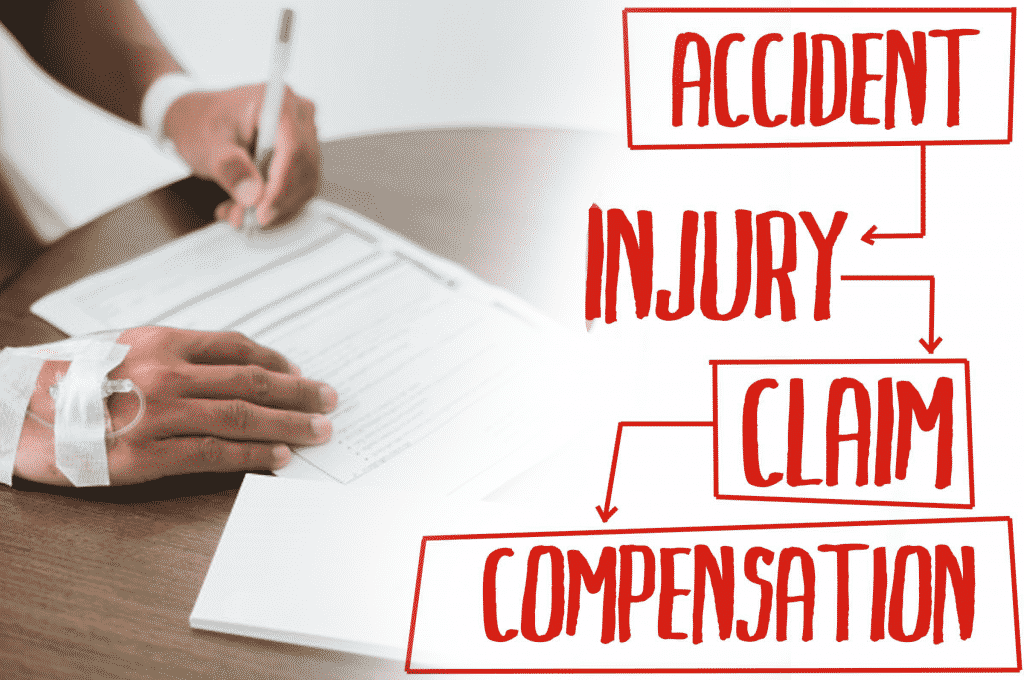iTech uses cookies so that we can provide you with the best user experience possible. Cookie information is stored in your browser and performs functions such as recognizing you when you return to our website and helping our team to understand which sections of the website you find most interesting and useful.
Numbers don’t lie: Hospitals have a medical claims denial of 2%, while medical practices have a denial rate in the range of 5-10%. This is a significant loss since a 1% write-off for a 300-bed hospital is an average loss of $2 million or more a year.
83% of Physician Practices recognize that slow payment from high-deductible plan patients is their top collection challenge
Source: Black Book™ RCM Survey
Indeed, it might never be possible to bring down medical billing denials to 0% but reducing insurance claims denials by even a fraction from your current percentage will have a successful impact on your revenue numbers.
Understanding the common causes of health insurance denials may help pinpoint the medical claims processing problems and find ways to streamline them for healthier outcomes.
The five most common denials in medical claims processing

1. Missing information contributed to 61% of initial medical billing denials and 42% of denial write-offs
2. Duplicate claim submission is surprisingly common; 32% of denials are because of resubmitting claims for the same encounter, same date, or same provider.
3. Denial code CO 97 or claim already adjudicated is when service is already included in another claim/payment which was already adjudicated.
4. Service not covered by an insurer occurs because of failure to check a patient’s benefit plan or call the insurer before administering the service.
5. The time limit for claim submission has lapsed. Payers include the time to rework rejections within their specified days of claim service. Health provider’s workflows must alert staff when the time limit is approaching red.
The challenges providers have with a reduced denial average is often to do with the inability to track denial statistics, using manual processes, and a resource-intensive process of appealing claims.
Why insurance eligibility verification reduces claim denials

Most claim denials are because of errors in proper verification before services were provided.
Health insurers have different variations to deny claims, and understanding these differences is an essential aspect of an efficient insurance eligibility verification system.
90% of claim denials are avoidable, and two-thirds are recoverable
Despite being relatively avoidable (though time-consuming) to prevent medical claims denial, many health providers are skipping a detailed insurance verification process. They are reactive rather than proactive, in short, waiting for pushback from the payers to rectify errors and resubmit.
A step-by-step insurance eligibility verification process has a two-fold advantage.
Also read: How to Decide on the Right Insurance Eligibility Verification Partner
The first is to avoid claim resubmissions and rejections. The second benefit is that it speeds up collections through clean forms.
A streamlined patient eligibility verification model should include these steps.

Step 1: Once an appointment is scheduled, the patient’s documents must be received. Entry of demographic details and verification begins.
Step 2: Verify coverage benefits with both the secondary and primary insurer. Verification is done through calls to the insurer and insurance portals
This includes looking into various heads like payable benefits, co-pays, co-insurance, deductibles, patient policy status, type of plan and benefits, plan exclusions, lifetime maximum, etc.
Step 3: Get authorization of the claim from the insurer.
Step 4: Open communication modes with the patient to collect additional information needed for claims submission forms
Step 5: Scrub patient and insurance information to rule out errors and ensure completeness. Enter the results into the system so that information can be updated into the hospital’s revenue management system or the practice management system
The final report will have all the insurance benefits, Member ID, Insurance start and end dates, Co-payment details, etc.
While this seems simple enough, it’s not. When this is extrapolated across hundreds of patients, the complexity multiplies.
Many hospitals don’t invest in the technology and additional staff to manage denials efficiently. Also, keeping up with constantly changing regulations is never easy. The challenges for practices are different; physicians are pulled between patient care and administration; neither do their front desk have the skills to ensure payments go through with no hitches.
Outsourcing insurance eligibility verification to experts like iTech Data Services ensures that you have access to a team of professionals. With expertise through thousands of patients, they already know the red flags to look out for, the information they need, and what medical services are excluded from different plans. This ensures less rework and faster billing cycles. Over time, pattern recognition for claim denials will make visible the core reasons for claim denials.
Read more: iTech: Streamlined and Secured Insurance Verification Process
To know more about our insurance eligibility verification and prior authorization expertise, talk to one of our experts right away.





